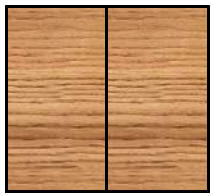- Frameless (Euro Box, Euro style) Cabinets:
Obviously frameless cabinets do not have a frame, as shown in Figure 6. These cabinets are also known as Euro box or Euro style cabinets because the frameless construction method is popular in Europe. The cabinet sides, top and bottom are generally fabricated from veneer or laminate covered particleboard.
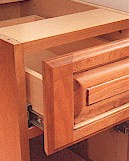
Figure 6 - Frameless or Euro Cabinet
The same material is used to cover the visible edges. This material is known as edge banding (see Figure 7).
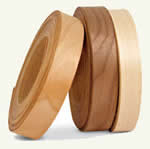
Figure 7 - Edge Banding or Edge Veneer
The frameless cabinet relies on a back to maintain its square shape. In some cases, such as tall pantry cabinets, a fixed center shelf may be incorporated into the design to aid in keeping the cabinet square.
The biggest advantage to frameless cabinets is that they provide complete access to the inside of the cabinet, making door openings and drawers wider. Figures 8a and 8b provide an example of the space availability for a drawer in a face-frame cabinet and a frameless cabinet. If the frame is 1-1/2″ wide, the drawer in the frameless cabinet would be approximately an 1-1/2″ wider than the drawer, in the same width cabinet that used face-frame construction.
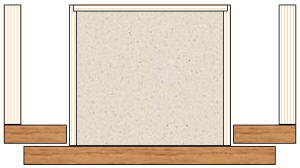
Figure 8a - Drawer width in a face-frame cabinet
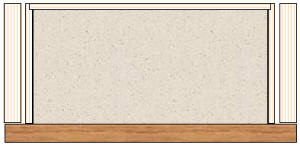
Figure 8b - Drawer width in a frameless cabinet
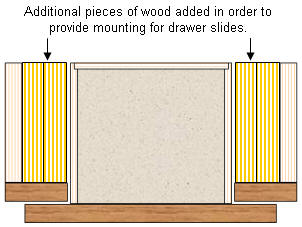
Figure 8c - Additional lumber added to accommodate drawer slides
The mounting of drawer slides is also much more convenient with frameless cabinet construction.
As shown in Figure 8c, face-frame cabinet construction, in order to mount drawer slides, it would be necessary to install additional pieces of lumber against the side walls of the cabinet.
With frameless construction, Figure 8b, the drawer slides could mount directly on the cabinet side walls.
The doors on the frameless cabinets have their hinges attached to the side walls of the cabinet, as shown in Figures 9a, 9b, 10a and 10b.
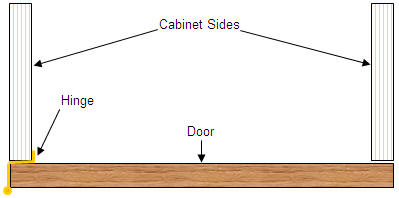
Figure 9a - Installing a full overlay door on a frameless cabinet

Figure 9b - One style of a faceless Overlay hinge
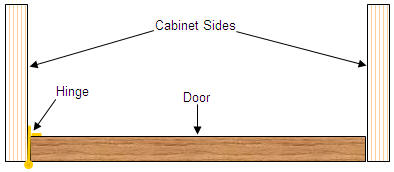
Figure 10a - Installing a full inset door on a frameless cabinet
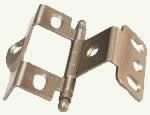
Figure 10b - Full inset faceless cabinet door hinge
Another very popular hinge style for faceless cabinets is the Euro hinge, as shown in Figure 11. The Euro hinge is not visible when the cabinet doors are closed. Most Euro hinges also provide the advantage of being adjustable in angle and depth, making it easier to have all cabinet doors plum and true once they are hung.

Figure 11 - Euro style hinge
In general, the external appearance, the aesthetics, of cabinets built with a face-frame and those that are frameless is also different.
Face-frame cabinet doors are usually mounted so that there is some reveal the face-frame, as shown in Figure 12, where frameless cabinet doors are mounted with little gap between the edges of the doors as shown in Figure 13.
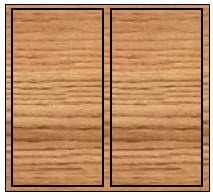
Figure 12 - Appearance of cabinet doors with face-frame cabinet construction
